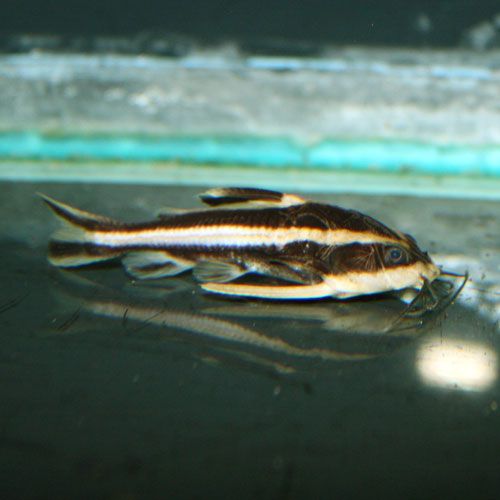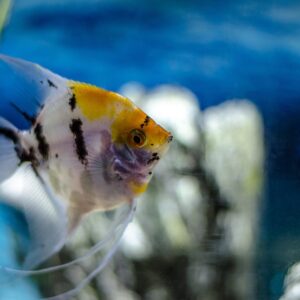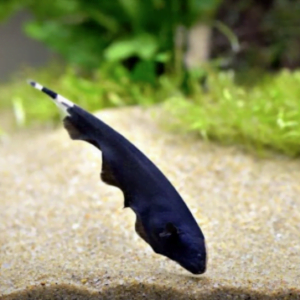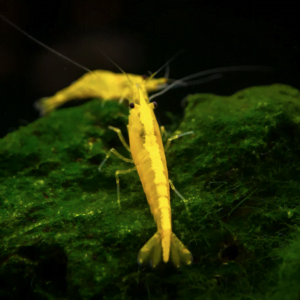Purchase this Product and Earn 4.00 Reward Points (₱4.00)
Raphael Catfish (Chocolate Doradid)
Earn 4.00 Reward Points
₱400.00
Availability: 1 in stock
Categories All, Catfish, Fresh-Water Fish
Your live fish may not match the image shown due to natural variations in each species. Each companion animal is different in shape, color, and personality.
Scan to Purchase
Raphael catfish (Platydoras armatulus) are popular aquarium fish known for their unique appearance and interesting behavior. Here’s a care guide for Raphael catfish in a bullet-point format:
Tank Requirements:
- Tank Size: A 20-gallon (75.7 liters) tank or larger is suitable for a small group of Raphael catfish.
- Substrate: Provide a soft substrate like sand or smooth gravel to prevent injury to their delicate barbels.
Water Parameters:
- Temperature: 72-79°F (22-26°C).
- pH Level: 6.5-7.5.
- Water Hardness: 5-12 dGH.
Tank Setup:
- Provide hiding places like caves, PVC pipes, or driftwood, as Raphael catfish are nocturnal and like to hide during the day.
- Maintain good water quality with regular water changes.
Diet:
- Omnivorous: Offer a varied diet, including high-quality pellets, live or frozen foods like bloodworms, brine shrimp, and sinking catfish pellets.
- They are scavengers and will also eat leftover food in the tank.
Compatibility:
- Raphael catfish are generally peaceful, but they can become territorial with their own kind or other bottom-dwelling fish.
- Good tankmates include peaceful community fish that won’t compete for their hiding spots.
Behavior:
- Nocturnal: They are most active at night, so provide plenty of hiding spots for daytime rest.
- They are generally shy and prefer low-light conditions.
Maintenance:
- Regular water changes and water quality monitoring are essential to keep your Raphael catfish healthy.
Breeding:
- Breeding in captivity can be challenging but is possible. Provide a separate breeding tank with slightly warmer water (around 80-82°F or 27-28°C).
- The female lays eggs, and the male guards them. It’s essential to separate the adults from the eggs to prevent predation.
Health Considerations:
- Keep an eye on the barbels (whisker-like appendages) as they are sensitive and can be damaged.
- Common aquarium diseases like ich and fin rot can affect Raphael catfish, so monitor for signs of illness.
Note:
- It’s important to research and tailor care to the specific needs of your individual catfish species, as there are several species within the Raphael catfish group.
Proper care and attention to their needs will ensure that your Raphael catfish thrive and stay healthy in your aquarium.
Related products
-
Angelfish (Tricolor)
Earn 0.50 Reward Points₱95.00Original price was: ₱95.00.₱50.00Current price is: ₱50.00. Add to cart -
Goldfish Ryukin (Red and White)
₱60.00 – ₱400.00 Select options This product has multiple variants. The options may be chosen on the product page -
Yellow Neocaridina Shrimp
Earn 0.40 Reward Points₱50.00Original price was: ₱50.00.₱40.00Current price is: ₱40.00. Add to cart







